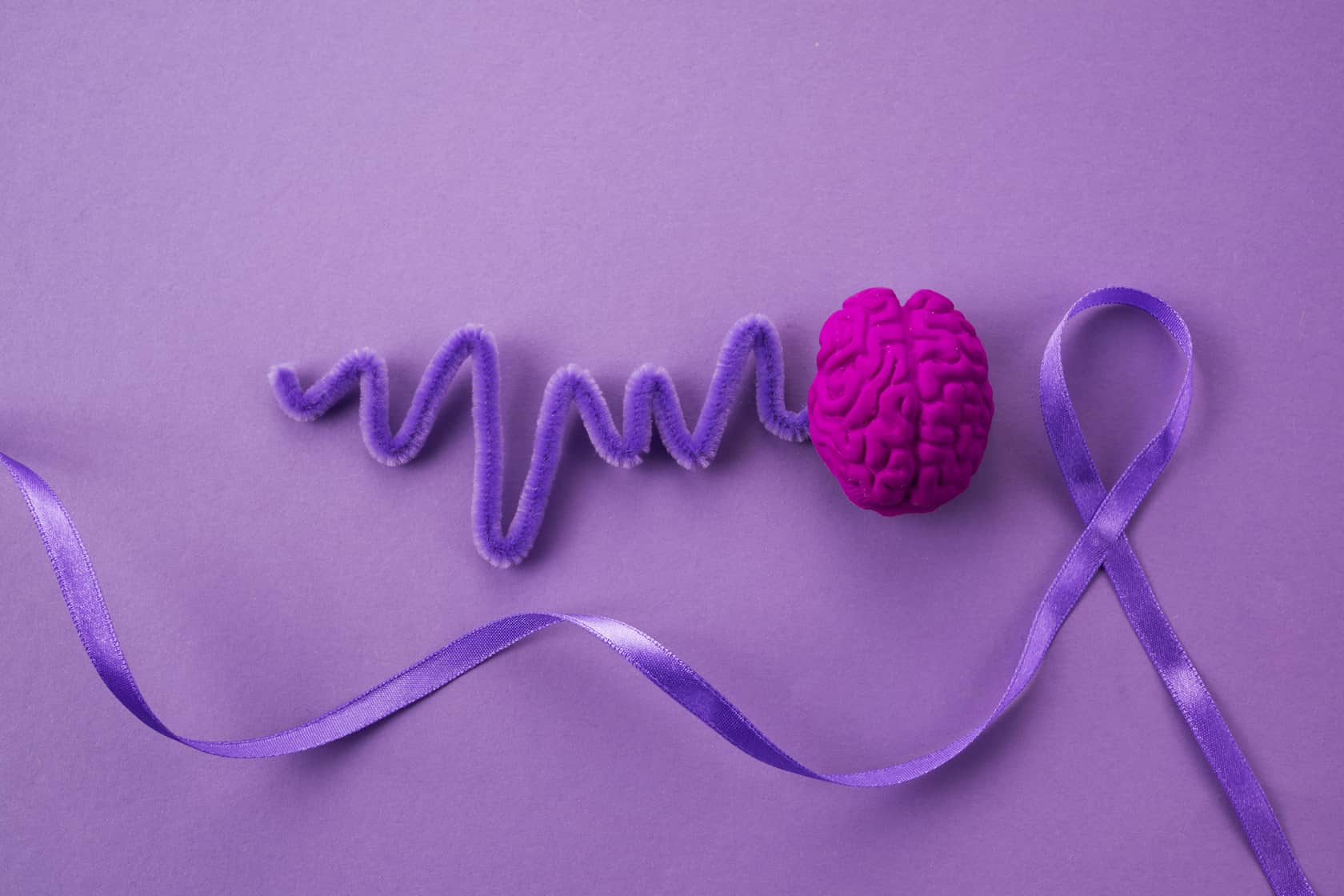
Migraine vs Headache
Headaches are a common ailment that affects most people at some point in their lives. They can range from mild discomfort to severe pain and can be caused by a variety of factors. Migraines, on the other hand, are a specific type of headache that can be much more severe and debilitating. Understanding the difference between a migraine and a headache is crucial to getting the right treatment and finding relief. In this article, we’ll discuss the differences between migraines and headaches, what causes them, and what you can do to alleviate the pain, emphasizing the comparison of migraine vs tension headaches.
What are Migraines and Headache?
Headaches and migraines are both common conditions that affect millions of people worldwide. While they both involve head pain, they differ in terms of severity, duration, and accompanying symptoms, highlighting the distinctions between migraine vs tension headache.
Headaches are typically characterized by dull, aching pain or pressure in the head. They can be caused by a variety of factors, including stress, tension, dehydration, and changes in sleep patterns. Most headaches are not serious and can be treated with over-the-counter medications or lifestyle changes, differentiating them from migraines in the context of migraine vs tension headache. However, in some cases, headaches can be a symptom of an underlying medical condition, such as a sinus infection or a brain tumor, and may require medical attention. Migraines, on the other hand, are a more severe type of headache that is often accompanied by other symptoms, such as nausea, vomiting, and sensitivity to light and sound, underscoring the importance of understanding the difference between migraine and headache.
Migraines can be triggered by a variety of factors, including stress, hormonal changes, certain foods, and changes in sleep patterns. Unlike headaches, migraines can last for hours or even days and can significantly impact a person’s quality of life. While there is no cure for migraines, there are treatments available that can help manage symptoms and reduce the frequency and severity of attacks, emphasizing the consideration of migraine location.

Migraine Causes
Migraines can be caused by a variety of factors, including genetic and environmental factors. In some cases, migraines may be triggered by specific factors, such as stress, hormonal changes, certain foods, or changes in sleep patterns. Other triggers may include bright lights, strong smells, or loud noises. Researchers have also identified several risk factors that may increase a person’s likelihood of developing migraines, such as being female, having a family history of migraines, and being overweight. While the exact causes of migraines are not fully understood, understanding these triggers and risk factors can help individuals take steps to manage their symptoms and reduce the frequency and severity of attacks, highlighting the distinctions between migraine vs tension headaches.
What’s the Difference Between a Migraine and a Headache?
The main difference between a migraine and a headache is the severity and type of pain. Headaches, including tension headaches, are typically mild to moderate in intensity and can be felt on both sides of the head. The pain can be described as a dull ache or pressure sensation. It can also be accompanied by other symptoms, such as sensitivity to light and noise, fatigue, and difficulty concentrating, underscoring the distinctions between migraine vs tension headache.
Migraines, on the other hand, are a more severe type of headache that can last for several hours to several days. The pain is often described as a pulsing or throbbing sensation that is usually on one side of the head. Migraine pain can also be accompanied by other symptoms, such as nausea, vomiting, sensitivity to light and noise, and visual disturbances. Some people may also experience aura, which is a series of sensory and visual changes that can occur before a migraine attack, highlighting the distinctions between migraine vs tension headache.
Migraine or Headache?
If you’re experiencing head pain, it can be difficult to know if it’s a migraine or a headache, especially when considering factors like right-side migraine. Here are some key differences to look out for:
Migraines are usually accompanied by other symptoms, such as nausea, vomiting, and sensitivity to light and noise. Headaches may also have these symptoms, but they are usually milder in intensity, underlining the difference between migraine and headache.
Migraines often have a triggers, such as stress, certain foods, or hormonal changes. Headaches can also have triggers, but they may not be as specific, contributing to the overall understanding of the difference between migraine and headache.
Finally, migraines usually last longer than headaches. A migraine attack can last for several hours to several days, while a headache may only last for a few hours, changes related to the location types of headaches.
What Does a Migraine Feel Like?
Migraine pain can be difficult to describe, as it can vary from person to person. However, here are some common symptoms that people with migraines experience, shedding light on the distinctions between migraine vs tension headaches:
Pulsing or throbbing pain on one right side migraine of the head
Nausea and vomiting
Sensitivity to light and noise
Visual disturbances, such as seeing flashing lights or zigzag lines
Aura is a series of sensory and visual changes that can occur before a right-side migraine attack.
If you’re experiencing any of these symptoms, you can speak to a healthcare provider at Healthy Turkiye to get an accurate diagnosis and treatment plan, especially when considering factors related to migraine vs tension headache.
The Study of Migraine vs Headache
A recent study published in the Journal of Neurology and Neurosurgery examined the impact of specific triggers on migraine frequency and severity. The study, conducted with a large sample of migraine patients, found that stress was the most common trigger for migraine attacks, with 78% of participants reporting stress as a significant factor. Other triggers included certain foods, hormonal changes, and changes in sleep patterns. Understanding these triggers and their impact on migraine patients can help in developing effective prevention and management strategies, further highlighting the difference between migraine and headaches.
What Can You Do About Headaches and Migraines?
There are several things you can do to alleviate the pain and discomfort of headaches and migraines, taking into consideration factors related to migraine location. Here are some tips:
Identify Triggers: For migraines, identifying triggers can help reduce the frequency and intensity of attacks. Some common triggers include stress, certain foods, hormonal changes, and changes in sleep patterns. Keeping a diary of your symptoms and activities can help you identify potential triggers, considering factors related to the location types of headaches.
Manage Stress: Stress can be a major trigger for both headaches and migraines. Engaging in relaxation techniques such as meditation, deep breathing exercises, or yoga can help reduce stress levels and prevent attacks, emphasizing considerations related to the difference between migraine and headaches.
Make Lifestyle Changes: Making healthy lifestyle changes can help reduce the frequency and intensity of headaches and migraines, taking into account factors related to migraine vs tension headaches. This includes getting regular exercise, eating a healthy diet, and getting enough sleep.
Take Over-the-counter Medications: Over-the-counter medications such as ibuprofen, aspirin, and acetaminophen can help alleviate headache pain. For migraines, triptans can be effective in reducing the intensity and duration of attacks, considering factors related to right-side migraine.
Seek Medical Treatment: If you’re experiencing severe or frequent headaches or migraines, it’s important to speak to a healthcare provider. They can help you determine the underlying cause of your pain and recommend appropriate treatment, addressing aspects related to the difference between migraine and headache.
In some cases, prescription medications or preventative treatments may be necessary to manage headaches and migraines, especially when considering factors related to right-side migraine.
Conclusion
While headaches and migraines are both types of head pain, they differ in severity, duration, and accompanying symptoms, underscoring the distinctions between migraine vs tension headache. Understanding the difference between a headache and a migraine is important in getting the right treatment and finding relief. If you’re experiencing frequent or severe head pain, you can speak to a healthcare provider at Healthy Turkiye to determine the underlying cause and find an effective treatment plan, considering factors related to migraine vs tension headache.



